A system has been developed by researchers at TU Wein to build an inflatable concrete structure with considerably lesser resources than conventional methods.
Concrete has been used to create structures for thousands of years. To date, it is the most integral component of construction. Concrete can resist compressive forces of up to 10,000 psi. It can be poured practically into any shape before it hardens, but once it hardens, it cannot withstand any flexion. Wooden frames are built to support concrete structure while it hardens. These structures require excessive material and are more appropriate for vertical structures.

What do we do when we want to construct curved buildings? Durable concrete shells are made with lots of resources and planning. In short, the process is highly expensive and time-consuming.
Researchers at TU Wein have found a remarkably straightforward and efficient solution to this problem. They presented a method to inflate already-hardened concrete into curved domes. Invented by Dr. Benjamin Kromoser and Prof. Johann Kollegger at the Institute of Structural Engineering, the process is called “Pneumatic Forming of Hardened Concrete (PFHC).”
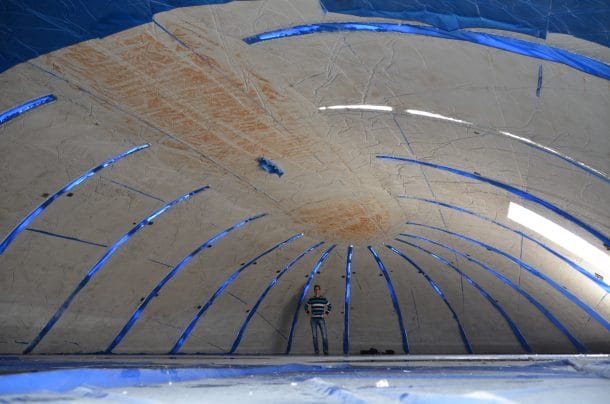
PFHC is implemented by casting multiple wedge-shaped concrete slabs on a flat surface. After curing the concrete, an air cushion underneath is inflated. The structure is supported with post-tensioning tendons that transform the flat piece into a curved shell. The tendons encircle the entire surface and add tension to prevent the slabs from sliding. The process considerably reduces the cost of construction by eliminating the need for excessive labor and materials.
The images explain the process:
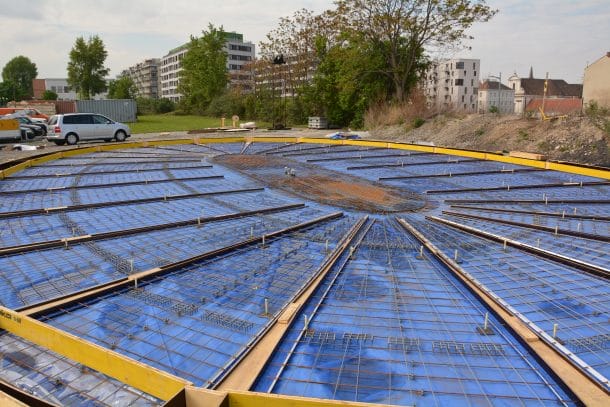
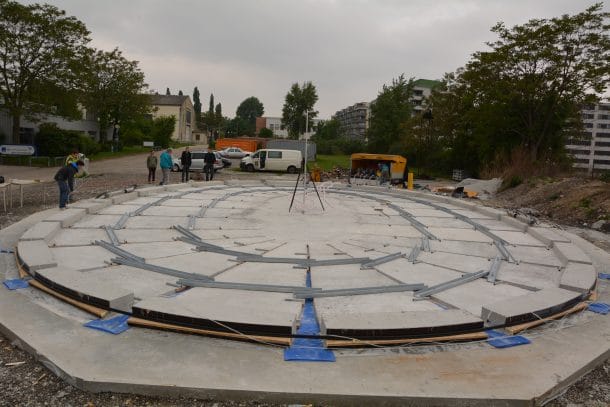
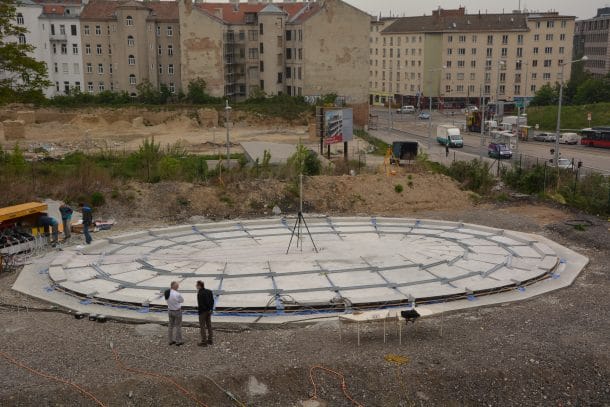
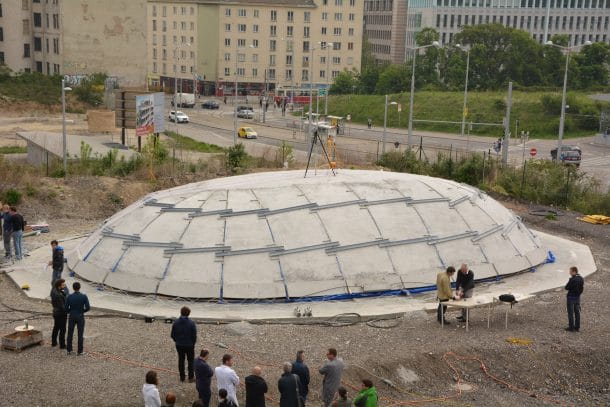
The prototype structure took two hours to build and reached 2.9 meters. The built structure was not rotationally symmetric which proves that the process can create even complex free-form structures. This method will give architects the ability to create highly efficient buildings on a much larger scale. According to Johann Kollegger, shells of a diameter up to 50 meters can be conveniently constructed by the process.
The future of the construction will see large applications of this process. It will likely be used in overpasses, tunnels, bridges and curved buildings.
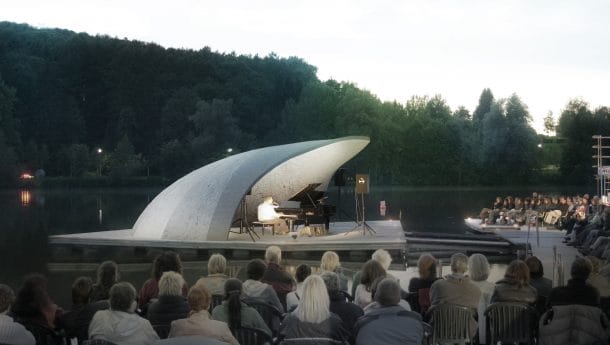
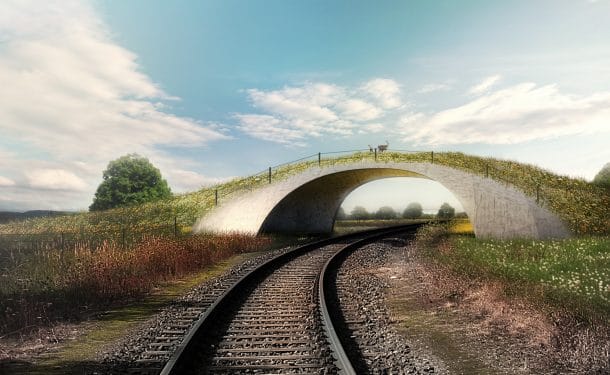
We would appreciate your feedback in the comments’ section below.


